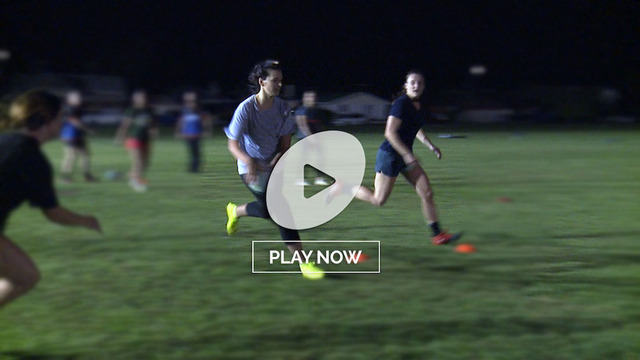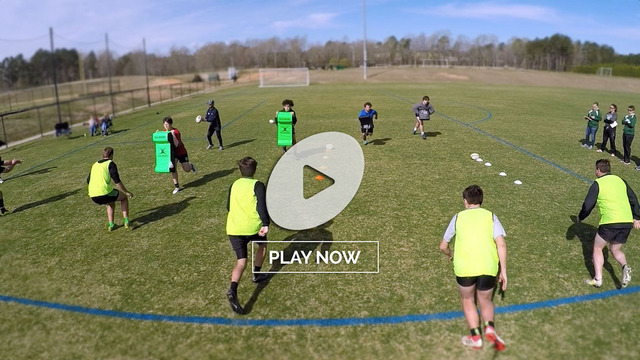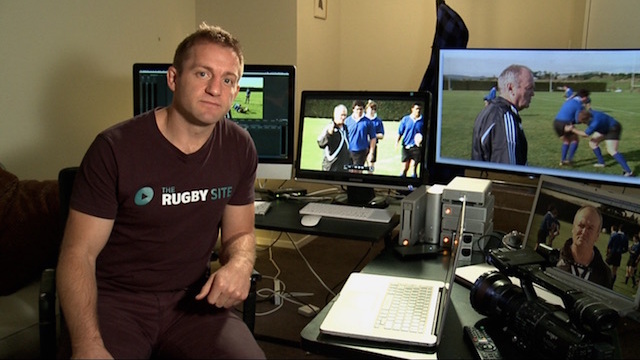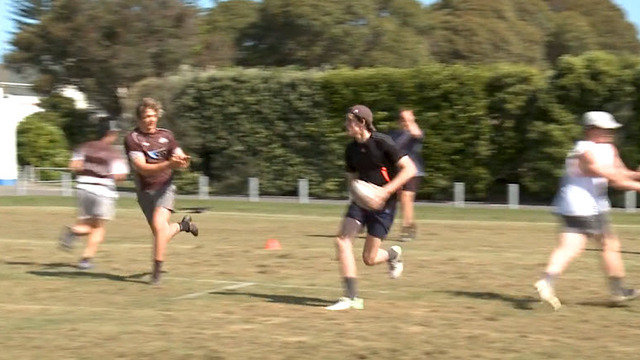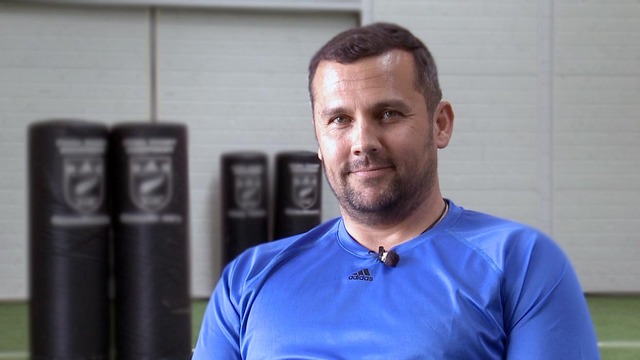How accurate skill execution can break down defences
Winning and losing in rugby comes down to critical moments – a crucial decision or a matter of simple skill execution. As teams look to develop their decision making abilities they sometimes neglect the importance of skill execution. The ability to catch a ball and deliver it accurately can be the winning or losing of a match. Usually the higher the level of rugby the less opportunities a team has to score a try. Success or failure comes down to a split second.
For example take a ball on the shoulder, adjust it and pass it on OR take the ball early and immediately pass to a player in space. Hesitation or needing to reload the pass can change a situation drastically. In the instance below if the ball was caught late and inside the plane of the receivers body*, he may have been hit ‘ball and all’ or else been forced to reload his pass. Both these situations would have failed to produce the try. Skipping a player here worked as the receiver was flat and the defence couldn’t adjust – there was no recovery time for the inside defenders.
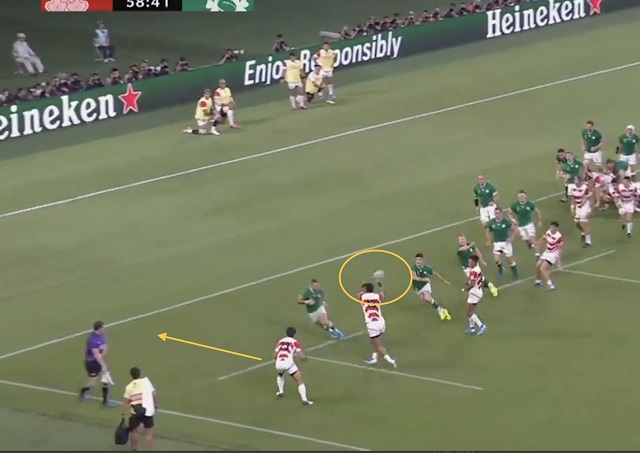
Meet early
Speed is a weapon. In rugby this term usually refers to a player’s running speed. However speed is also a weapon in ball transfer – and the flight of a ball through the air. In our search for space on attack our objective is to get the ball as quickly as possible to a player in space. This forces the defence to react to prevent a receiving player from further exploiting that space.
We are seeking to allow our attacker enough time on the ball to attack space, while at the same time reducing the time the defence has to adjust and defend it. Good sides defend as a team so a good attack must work hard to find space, making sure to engage the defence and control their ability to adjust.
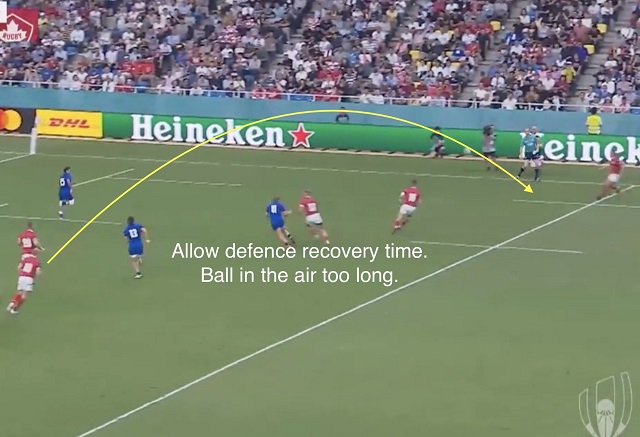
No engage
The image above is a common sight in many teams. The desire to get the ball to the man in space on the edge has players looking to throw a long looping pass, missing a couple of men in between. A common outcome is that the defence drift off and smash the end player into touch. In the video we can see there was a 4 v 2 situation with around 20m of space to work in. The defence is in real trouble. Because of the space the first player with the ball needed to pass quickly to the 2nd set of hands who was flat and already outside the closest defender to him. Simply running square would have engaged that defender and another quick pass to the next attacker would have left a 2 v 1 on the fullback. That close to the line, the fullback would be forced to make a decision, race up on the player with the ball or anticipate a pass and hit the player on the end. Instead all that pressure was released by the looping, double cut-out pass. A try gone begging and a common sight in many matches at all levels.
Catch and pass is a foundation skill in rugby. When performed accurately it can take a team to the next level. It’s not an overly complex skill and there are many examples here on the rugby site that provide all the information needed to execute this skill to a high level.
- Inside the plane of the body. This is the space between the shoulders of the player receiving the ball. Meeting the ball early means outside the plane of the body towards the ball. Inside the plane of the body means catch late on the shoulder or chest. Taking the ball on the drift is catching outside the plane of the body furthest from where the pass came from.
Check out more posts from Dave
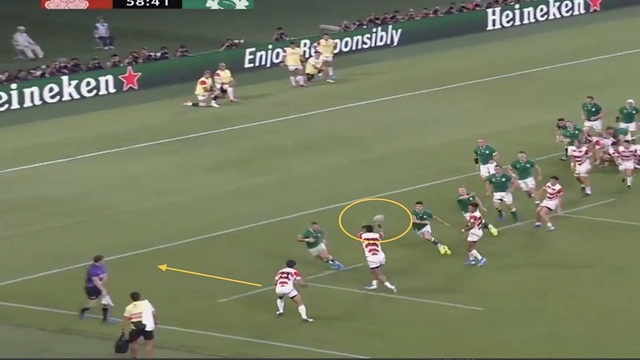


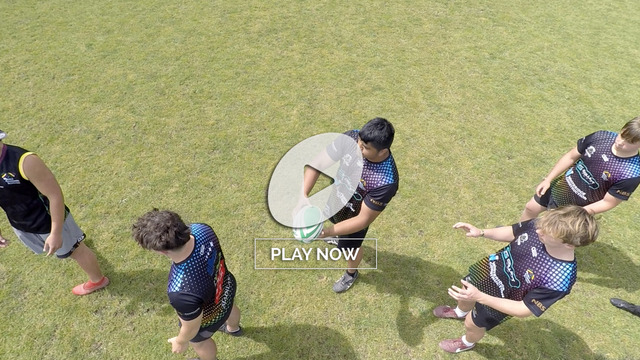
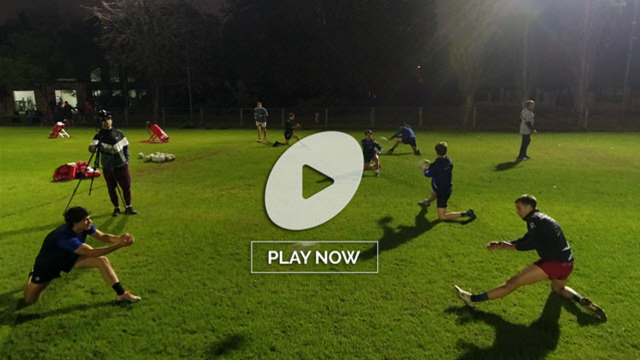


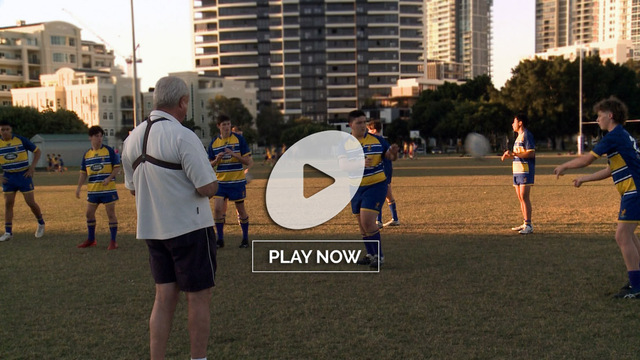
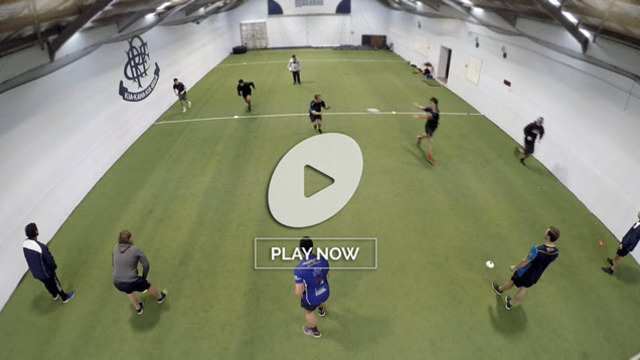

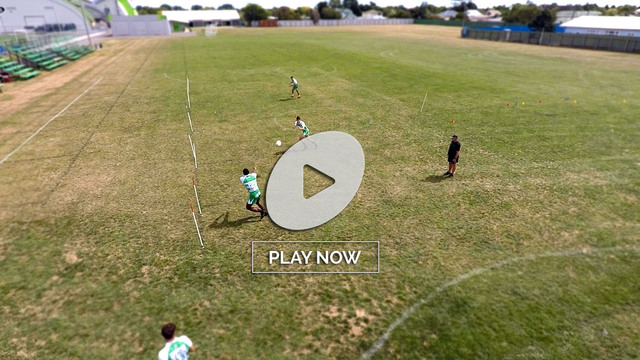

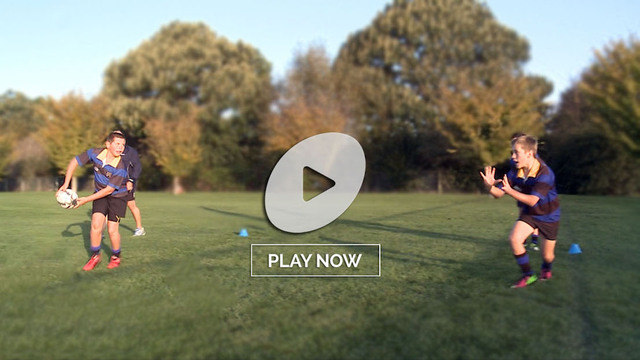
.jpg)
